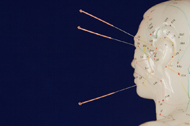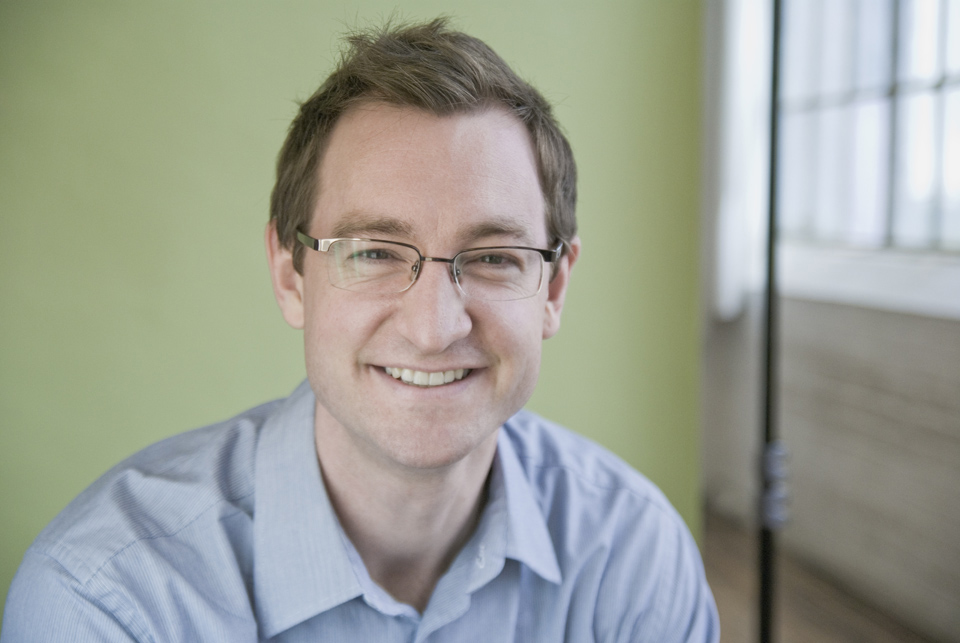 Acupuncture originated in ancient China centuries ago, and it is used as a method to prevent disease or to bring the body back into harmony when out of balance (i.e. disease). With the insertion of very fine needles into mapped-out points on the human body situated on the meridian system, the TCM practitioner can manipulate the body’s energy force, known as Qi (pronounced chee), to assist the patient in restoring their health.
Acupuncture originated in ancient China centuries ago, and it is used as a method to prevent disease or to bring the body back into harmony when out of balance (i.e. disease). With the insertion of very fine needles into mapped-out points on the human body situated on the meridian system, the TCM practitioner can manipulate the body’s energy force, known as Qi (pronounced chee), to assist the patient in restoring their health.
Since its acceptance and integration into western medical philosophy and methodology, acupuncture has been the focus of much study; such an increase in research, coupled with its efficacy, has led to its endorsement and support for a number of conditions outlined by the World Health Organization (WHO) and the National Institute of Health (NIH).
Acupuncture is currently being used by an estimated one-fourth of the world’s population, making it one of the most popular forms of health care. [1]
How Does Acupuncture Really Work?
Click on the link above for a more scientific look at the current theories explaining how acupuncture works.
A Typical Acupuncture Treatment
Your first visit with a Registered TCM practitioner should be at least an hour and could go an hour and a half in length. A complete health history is taken during this time noting recent illnesses, medications and issues with your family history.
When you see a Registered TCM practitioner, you will also be asked a number of questions which are important for the TCM practitioner to know and will help them decide which acupuncture points to use and which herbs to prescribe. So don’t be surprised if you see an acupuncturist for back pain and he or she asks about your sleep or digestion. Finally, a true TCM practitioner will always take your pulse (at the wrist) and inspect your tongue. A lot of time is spent in TCM colleges learning these two important diagnostic tools. TCM believes that there are 28 different types of pulses, each indicating a certain imbalance within the body. The size, shape, coating and surface of the tongue also contains a wealth of information which further helps us narrow down a diagnosis. Take a look at your tongue the next time you get the flu; the changes are drastic!
Follow-up visits can be anywhere from 45min to an hour depending on the condition being treated. Typically, it can take anywhere from 6-10 treatments to see a change in your condition; less if the problem has been around for a short time (weeks) and longer if your health concern is more chronic (months or years).
Electro-Acupuncture
Electro-acupuncture, a more modern form of performing acupuncture, is used for a variety of conditions, but it is ideally used for the treatment of pain. Needles are inserted as they would be for a normal acupuncture treatment, but they are then connected to a low current. This constant stimulation will effectively relax the tissue and muscles being worked on, resulting in an increased endorphin release (natural pain killers) and decreased pain. Electro-acupuncture is a must for most sports injuries and muscle related pain.
Clean Needle Technique (CNT)
In 1984, the National Commission for the Certification of Acupuncture and Oriental Medicine (NCCAOM) addressed the issue of clean needle techniques and went on to develop the guidelines and recommendations for the safe and clean practice of acupuncture. These guidelines are primarily based on scientific evidence and on solid theory supported by experts in the public health field. By using the guidelines and procedures recommended by the handbook, one can effectively and confidently lower the risk of spreading infection and reduce the risk of accidents within the acupuncture setting. The National Acupuncture Foundation (NAF) continues to update and revise the Clean Needle Technique Manual to ensure practitioners stay up to date with respects to changes in knowledge and practice.
Drew uses only sterile, disposable needles and strictly adheres to the CNT (Clean Needle Technique) protocol to ensure the safest possible acupuncture treatment.
Contact Drew today to book your appointment.
1. Alternative Medicine: The Definitive Guide. Burton Goldberg, Larry Trivieri, John W. Anderson, Edition:2, 2002.


